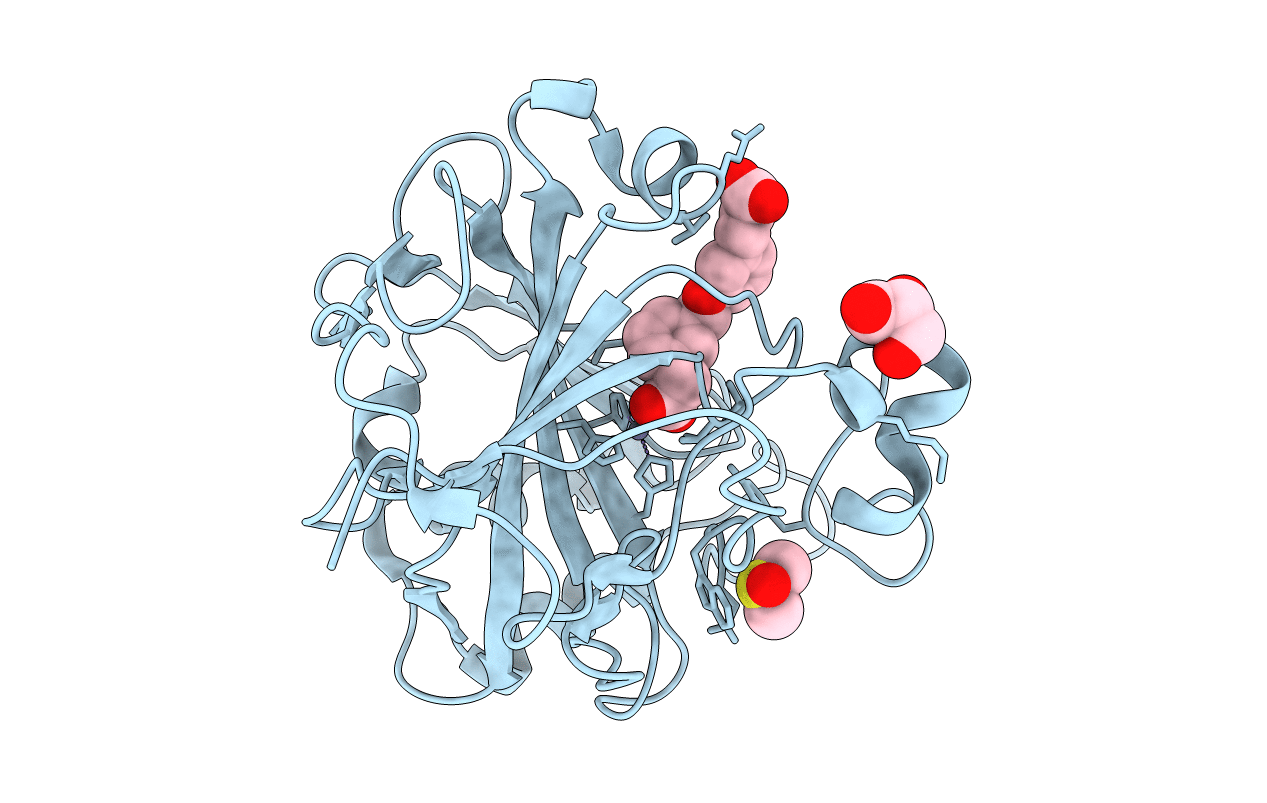
Deposition Date
2015-11-15
Release Date
2016-09-28
Last Version Date
2024-01-10
Entry Detail
PDB ID:
5FNL
Keywords:
Title:
Native state mass spectrometry, surface plasmon resonance and X-ray crystallography correlate strongly as a fragment screening combination
Biological Source:
Source Organism:
HOMO SAPIENS (Taxon ID: 9606)
Host Organism:
Method Details:
Experimental Method:
Resolution:
1.59 Å
R-Value Free:
0.19
R-Value Work:
0.14
R-Value Observed:
0.15
Space Group:
P 1 21 1


